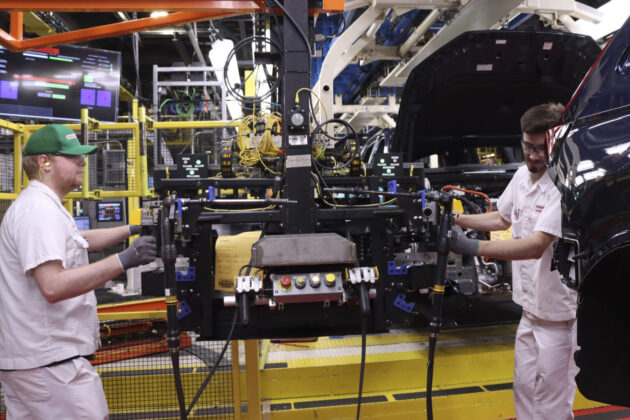
Manufacturing Automation: Future-proof facilities: How Honda retools its plants
by Jack Kazmierski

Continuous improvements in efficiency, product quality and worker safety are all part of the bigger picture when Honda retools a plant.

Photo: Honda / Manufacturing Automation.
Honda recently retooled part of its Alliston plant in order to manufacture the 2023 CR-V Hybrid. The plant will continue to build the Civic, the gas-powered CR-V, as well as Honda engines, but the addition of the Hybrid called for an upgrade to the assembly line at the plant.
“We don’t really retool in the sense of ripping everything out and putting in new equipment,” explains Ioan Buzdugan, engineering lead/equipment safety lead at Honda of Canada Mfg. “We basically try and reuse as much of our existing equipment as possible, and then we add and modify, as necessary.”
Buzdugan says that retooling for the new Hybrid model included new fixtures, new lift assists, as well as modifying existing automated cells, rearranging processes on the line, adding new robots to existing lines, extending conveyor lines and adding new conveyors for sub-assembly to accommodate new parts of the power unit.
The Alliston plant is highly automated, but Honda still employs thousands of workers. This means that all the processes needed to build the new Hybrid model had to be adjusted for the humans involved in the process.
This article originally featured in Manufacturing Automation. Read the full version here.